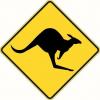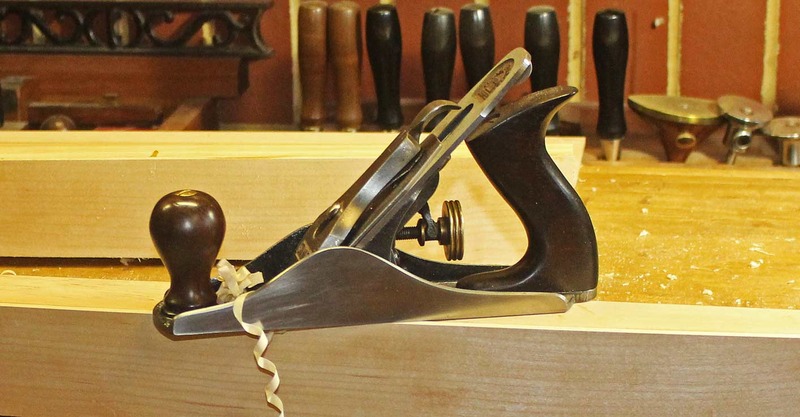I while ago I bought a PM-V11 blade from Lee Valley, actually last winter. I mounted it in my Keen Kutter K series #4 C plane. I used the original, what I call chip braker and what LV calls a cap iron. I sharpened the blade but, I haven't been able to get to my bench to really check out the new blade. I also bought a plane for parts, with had Hock iron in it. I have a Keen Kutter #5 C that it can go into.
So here I am with two after market blades and I am wondering if a couple of new cap iron from LV would make a big enough difference over the standard Stanley model to warrant the purchase. Trust me when I say that I know quite a bit about rehabbing planes and that I also know about fitting the chip breakers to the blades, So there is no reason to go there.
I am asking those who have purchased new cap irons if there is enough difference in performance to warrant the purchase. I have both after market and original blades to decide as far as blades go. I also regrind the bodies so you do not have to go there as far as the body being Flat, Here also a picture of a Keen Kutter K series 4 1/2 and a Bedrock 605 round side. Same plane, different casting numbers. So you can understand why I collect Keen Kutter K series planes.
DSC03610.JPG DSC03614.JPG DSC03040.JPG
I know the decision to buy or not is mine, but being on a fixed income it doesn't hurt to do research first. And for the record here is the bench over the winter which ended in the middle to last part of May, that I has as yet to get completely cleaned off
DSC03951.JPG





 Reply With Quote
Reply With Quote



